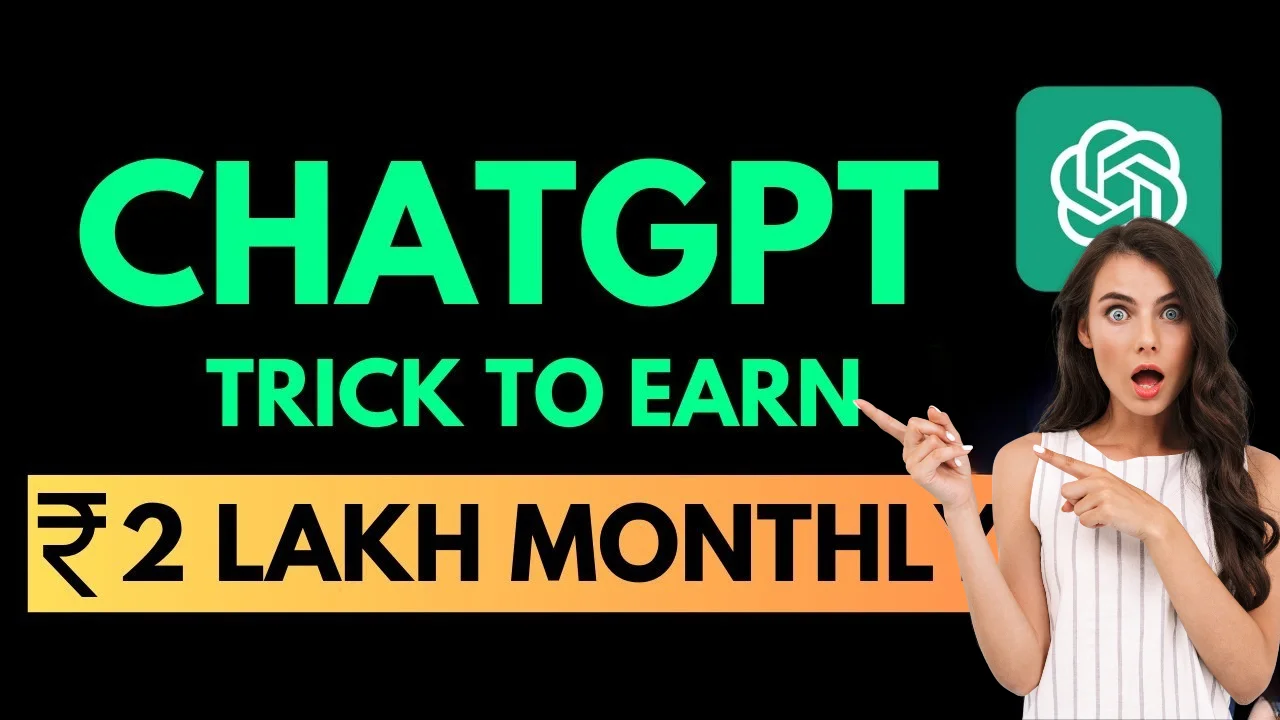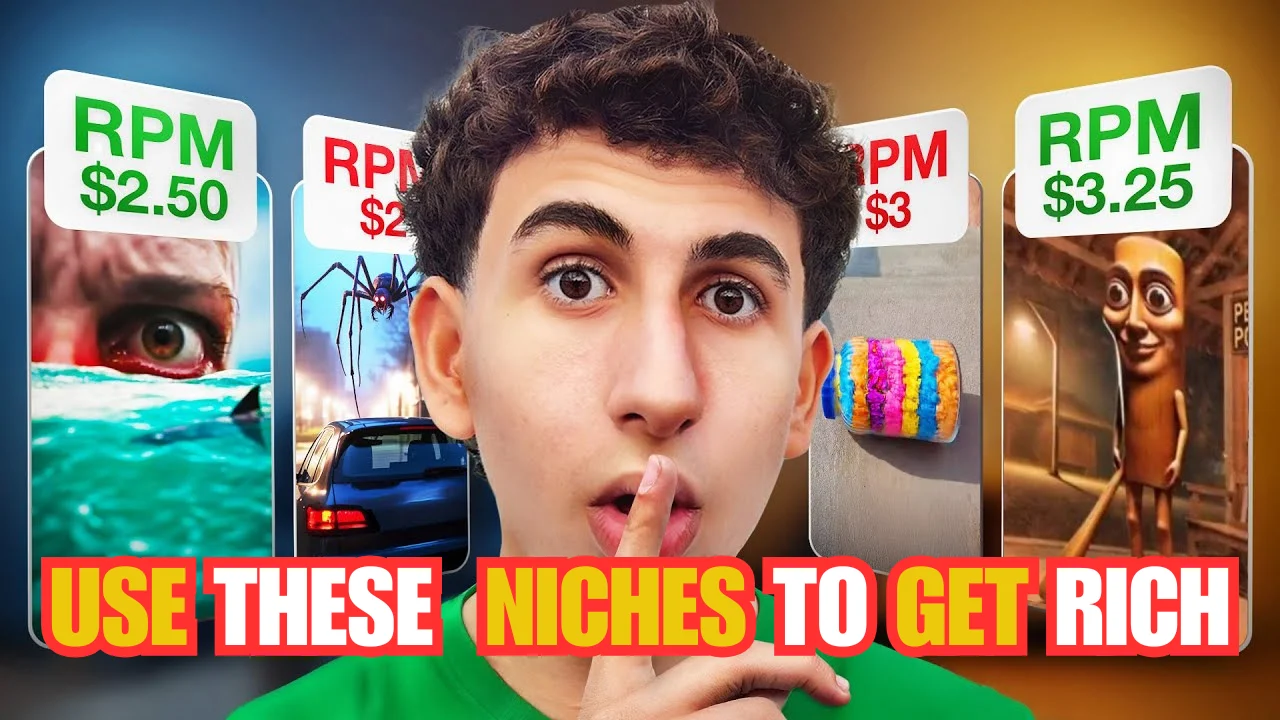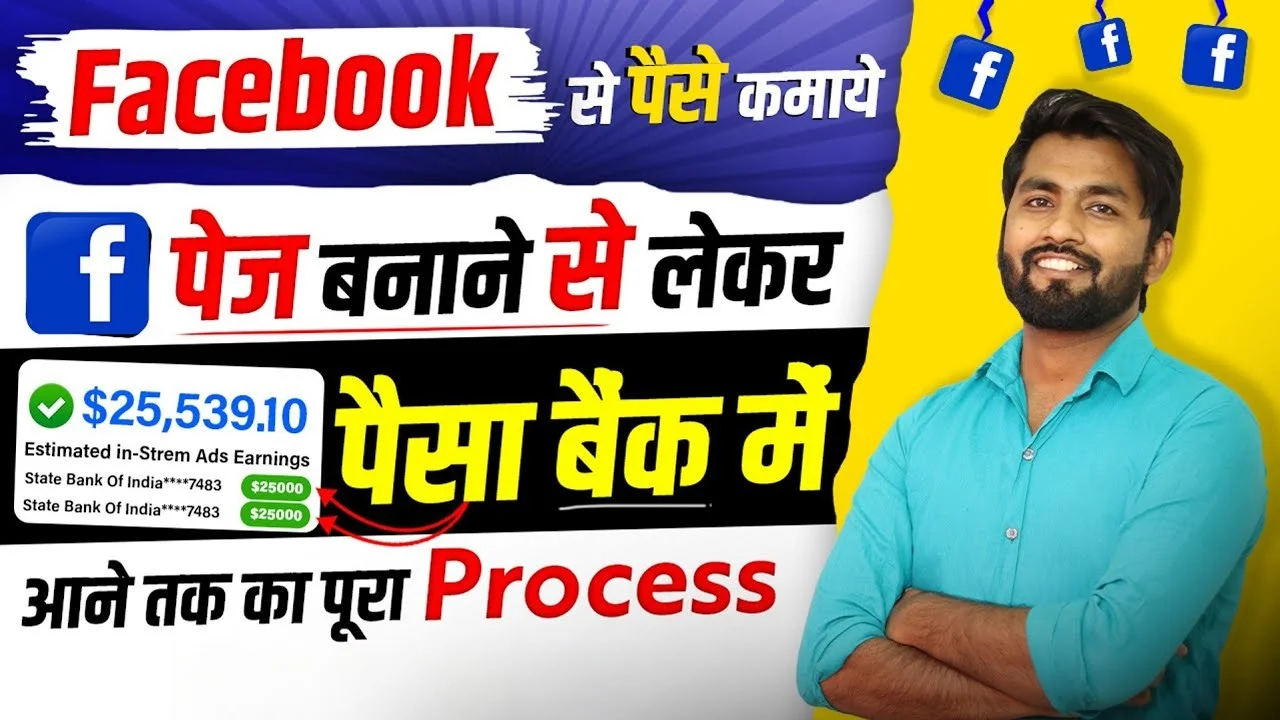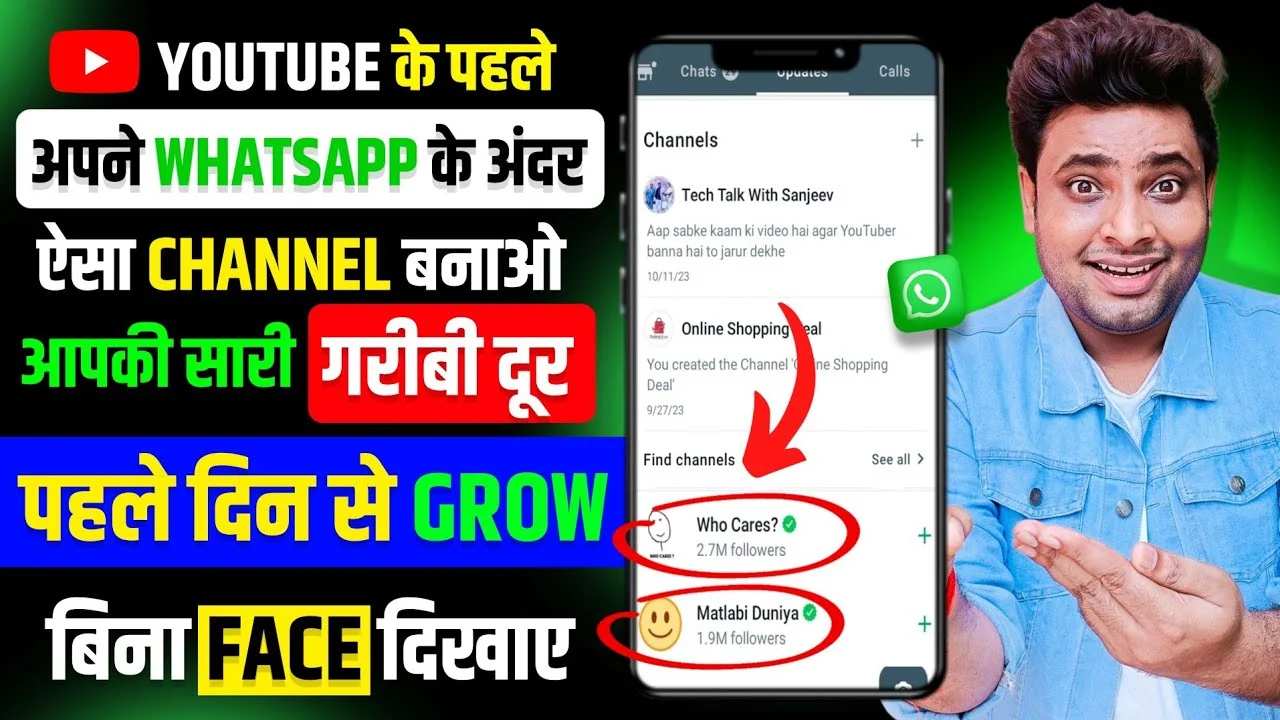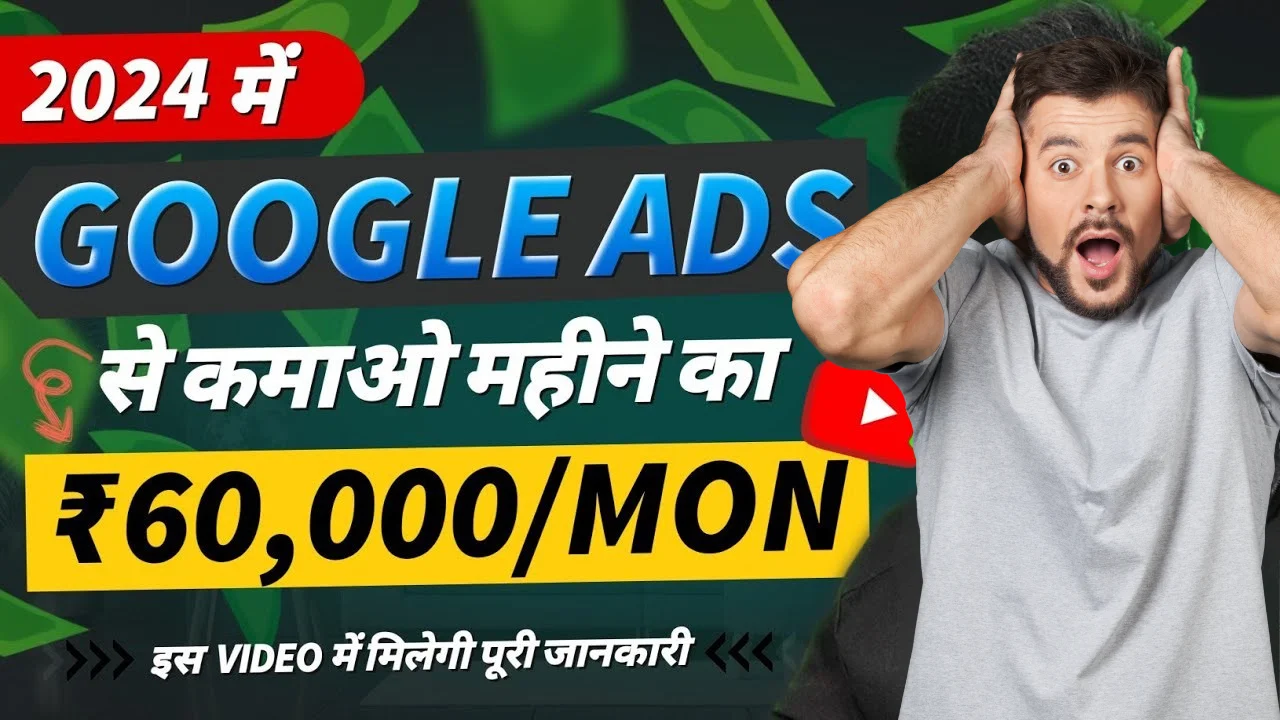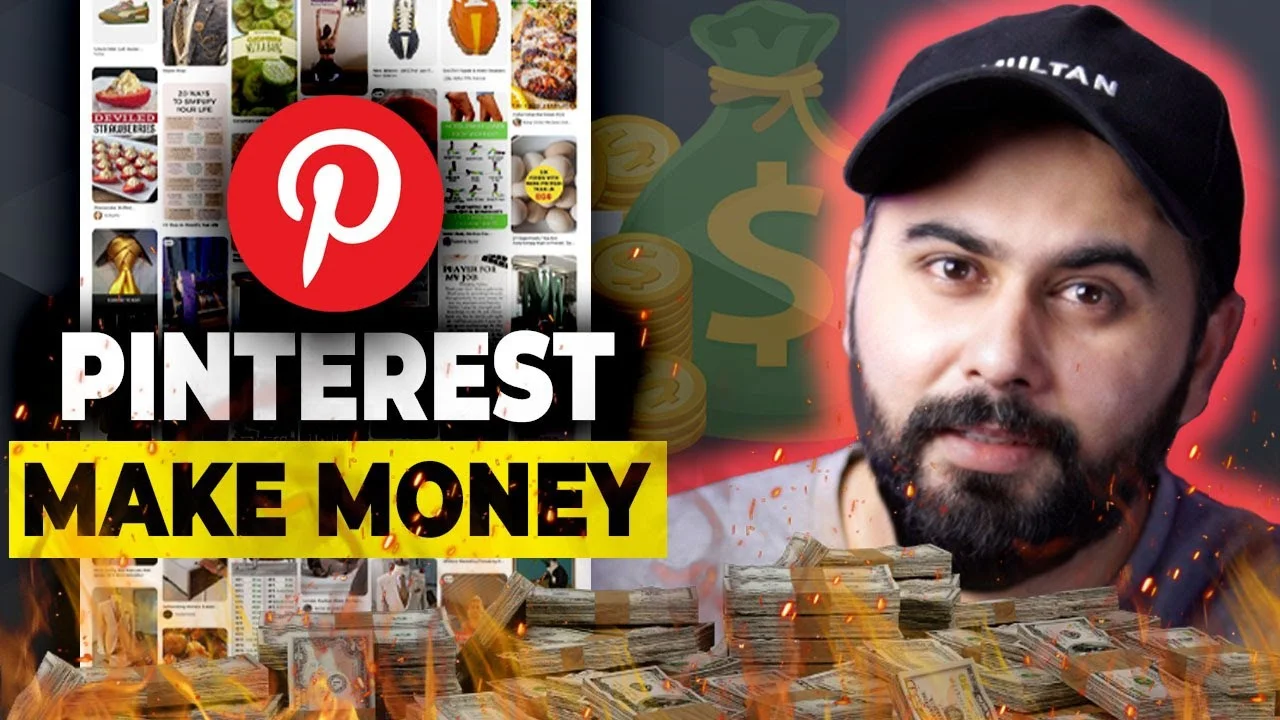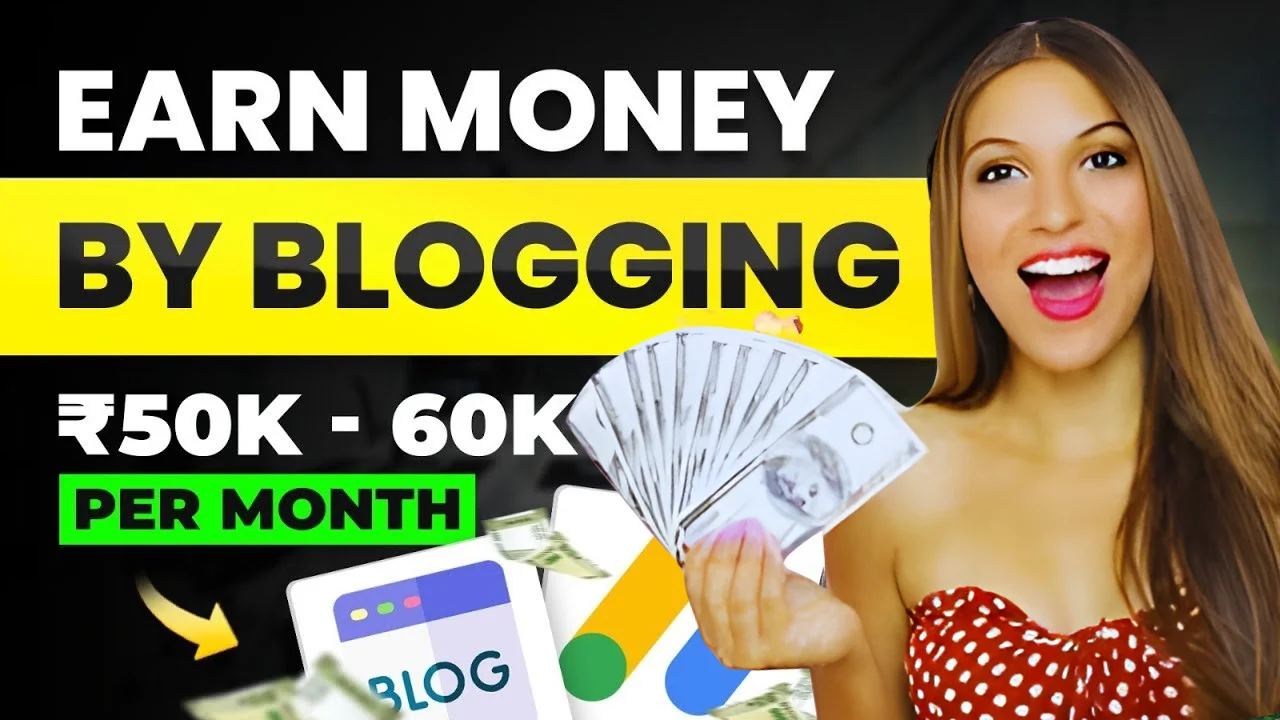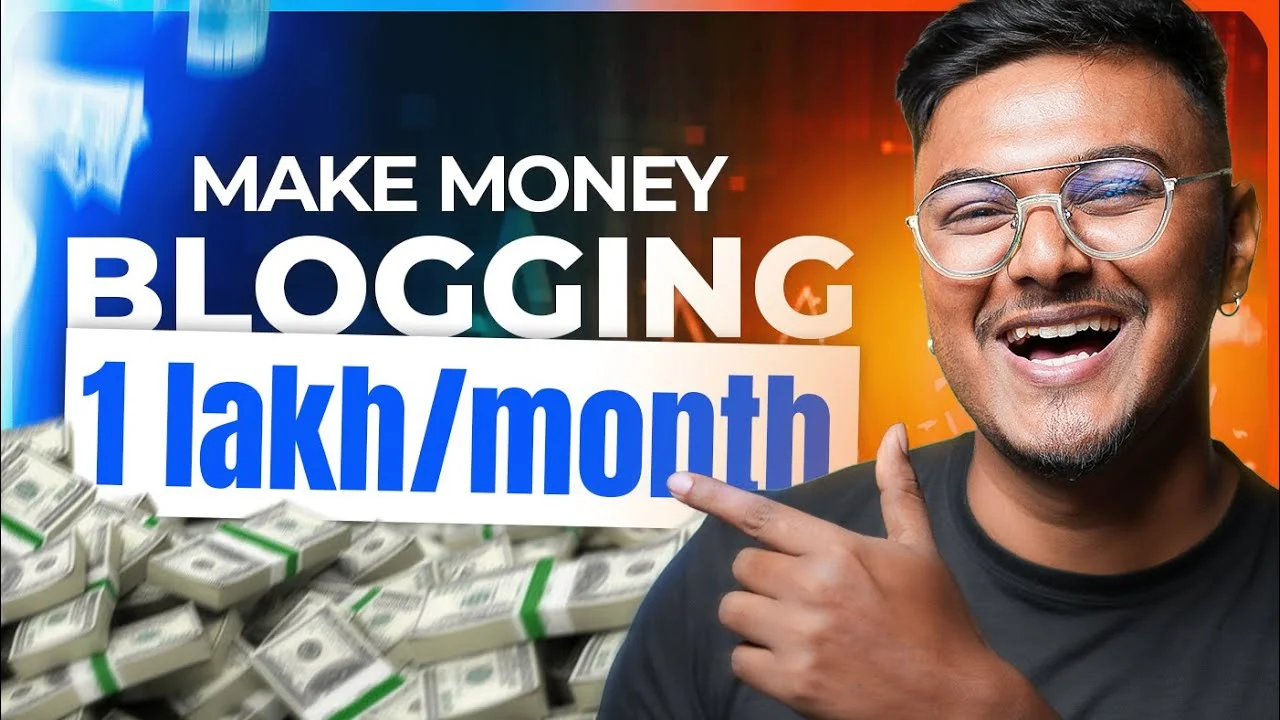Storybook Creation with ChatGPT : The world of storytelling stands at an exciting intersection. Digital tools and artificial intelligence have broken down barriers that once reserved publishing and illustration for the few with deep pockets or industry connections. Now, anyone with a spark of creativity and access to the internet can dream up characters, craft magical worlds, and share them with audiences worldwide. Among the most powerful catalysts in this digital renaissance is ChatGPT—an AI that can brainstorm, write, and refine compelling tales at a moment’s notice. When paired with free or low-cost illustration and publishing tools, ChatGPT can help you bring enchanting storybooks to life and turn your imagination into a real source of online income.
Why Storybooks Are a Powerful Online Asset
Storybooks are beloved by children and adults alike. A timeless story, a clever plot, or a relatable character can transcend borders and cultures. Digital publishing means there’s always a new audience to reach, whether you write fairy tales, educational fables, adventures, or bedtime classics.
Multiple Monetization Channels
Unlike single-use products, digital storybooks can be sold, licensed, or repurposed in countless ways. Ebooks, print-on-demand paperbacks, read-aloud videos, mobile apps, and even educational modules all open doors to passive and recurring income streams.
Low Barrier to Entry
No need for fancy degrees, expensive illustration contracts, or prior publishing experience. With free AI at your fingertips, it’s possible to ideate, write, and prepare a storybook in hours instead of weeks.
Step 1: Ideation and Story Planning with ChatGPT
Start by prompting ChatGPT with your interests, target age group, and theme preferences. For example, request “a bedtime story about a little dragon who overcomes fear,” or “an educational tale for 8-year-olds about friendship and teamwork.” The AI can suggest story arcs, central conflicts, lessons, and even unexpected twists to make your book memorable.
Outlining Your Story
A good outline keeps the narrative tight and engaging. Ask ChatGPT to help structure the story, breaking it into logical scenes or chapters—introduction, rising action, climax, resolution, and moral or message. This provides a skeleton you can flesh out with creative details.
Building Relatable Characters
ChatGPT excels at brainstorming character names, backgrounds, quirks, and dialogue styles. Define your protagonist’s strengths and weaknesses, sidekicks, and any amusing or heartfelt traits that will help young readers connect.
Step 2: Writing and Refining the Manuscript
With the structure in place, use ChatGPT to generate the initial script or prose. Provide scene-by-scene prompts for vivid descriptions, lively dialogue, and a pace appropriate for your chosen age group. Review and revise each section for tone, clarity, and emotional impact.
Polishing the Language
Let ChatGPT help with editing. Use it to simplify complex language for children, enhance imagery, or offer alternative drafts for portions you find tricky. For rhyming books or poetry, prompt the AI for rhyme suggestions or rhythm improvements.
Incorporating Interactive or Educational Elements
Many modern storybooks blend entertainment with learning. Prompt ChatGPT to add questions, activities, or fun facts related to your story’s subject—turning your book into an interactive, educational experience.
Step 3: Illustrating Your Storybook for Free
Platforms like Bing Image Creator, Canva (free version), and Artbreeder let you generate colorful images and character art with simple prompts. Describe your scene—“a smiling dragon under a moonlit sky”—and iterate until you find the perfect style.
Consistency in Art Style
Download and save character poses, backgrounds, and supplementary images so your book retains a consistent look. Crop, filter, or add overlays using free editors to unify the color palette or visual tone.
Sourcing Free Illustrations
For a more hands-on approach, use public-domain art libraries or collaborate with budding digital artists looking to build their portfolios in exchange for a share of royalties.
Step 4: Laying Out Your Storybook
Use Canva or Google Slides to create pages combining your prose and illustrations. Opt for large font sizes and simple layouts for young children, or more detailed arrangements for older readers.
Adding Cover and Back Pages
Design a compelling cover that highlights your title, author name, and a central character or scene. A well-crafted cover is crucial for standing out on eBook stores and digital shelves.
Generating Files for Publishing
Download your pages as PDF or image files. Many self-publishing and ebook sites accept standard formats, making it simple to upload and distribute worldwide.
Step 5: Publishing and Selling Your Storybook
Sites like Amazon Kindle Direct Publishing (KDP), Gumroad, and Apple Books allow you to upload your book within minutes. Set your own prices, track royalty payments, and reach a worldwide audience at no upfront cost.
Print-On-Demand Options
Services such as Blurb, Lulu, and Amazon KDP Print let readers order physical copies of your storybook printed and shipped on demand. This means zero inventory costs and global reach—a perfect fit for indie authors.
Audio and Video Adaptations
Record read-aloud versions using your own voice or free AI voice generators. Combine with your illustrations to create YouTube videos or audiobooks, providing extra access points and monetization sectors through ad revenue or channel memberships.
Step 6: Marketing and Building an Audience
Share excerpts, illustrations, and book updates on platforms like Instagram, Facebook, TikTok, and Pinterest. Niche book communities welcome new authors, and viral storytelling challenges can rapidly grow your readership.
Content Marketing
Write blog posts about your character’s adventures, behind-the-scenes looks at the illustration process, and educational insights tied to your story’s themes. These attract organic search traffic and position you as a children’s author.
Email Lists and Reader Communities
Invite readers to subscribe to your newsletter through free sampling or bonus chapters. Email marketing is a powerful tool for building loyal fans and promoting sequels, merchandise, or spin-off books.
Multiple Income Streams with ChatGPT Storybooks
Offer bundles of your books in themed collections or as digital gift packs. Consider physical merchandise like character mugs or bookmarks to complement your titles.
Licensing and Translations
License your story and artwork to other publishers, teachers, or app developers. Use ChatGPT to translate your story into additional languages to reach wider markets.
School and Library Outreach
Contact teachers, educational bloggers, or librarians. Offer digital or printed copies of your book for school reading programs or virtual storytimes.
Affiliate and Referral Programs
Create an affiliate link program through your own website or on Gumroad, allowing others to promote your storybook in exchange for a commission on each sale.
Scaling Up: Establishing a Storybook Brand
Successful characters and worlds invite sequels. Use ChatGPT to brainstorm spin-offs, sequels, or related stories starring secondary characters.
Interactive Apps and Games
Expand your story’s universe by collaborating with developers to produce simple mobile games or interactive reading experiences using free no-code tools.
Crowdfunding New Books
Gain support for larger projects via Patreon or Kickstarter, offering special rewards, acknowledgements, or educational workshops as bonuses.
Overcoming Common Obstacles
While ChatGPT is a fantastic writing partner, always review AI-generated content for originality and add your unique perspective and flair—readers appreciate a personal touch.
Navigating Copyright
Use only your own AI-generated images or public domain assets. Read the terms of AI image tools to ensure you retain rights for commercial use.
Managing Quality
Seek feedback from beta readers, parents, or teachers. Use their insights to refine language, pacing, and illustrations before your public launch.
Conclusion: Your Story, Your Income, Your Impact
With ChatGPT and modern AI tools, the path from idea to published storybook—and to earning money online—has never been more accessible. From the smallest bedtime adventure to an epic serial tale, your imagination is now a valuable asset you can share with the world. Embrace the creative process, experiment with digital resources, and cultivate your audience one book at a time. Turn your stories into an online income stream—and inspire the next generation of readers through the magic of storytelling.
